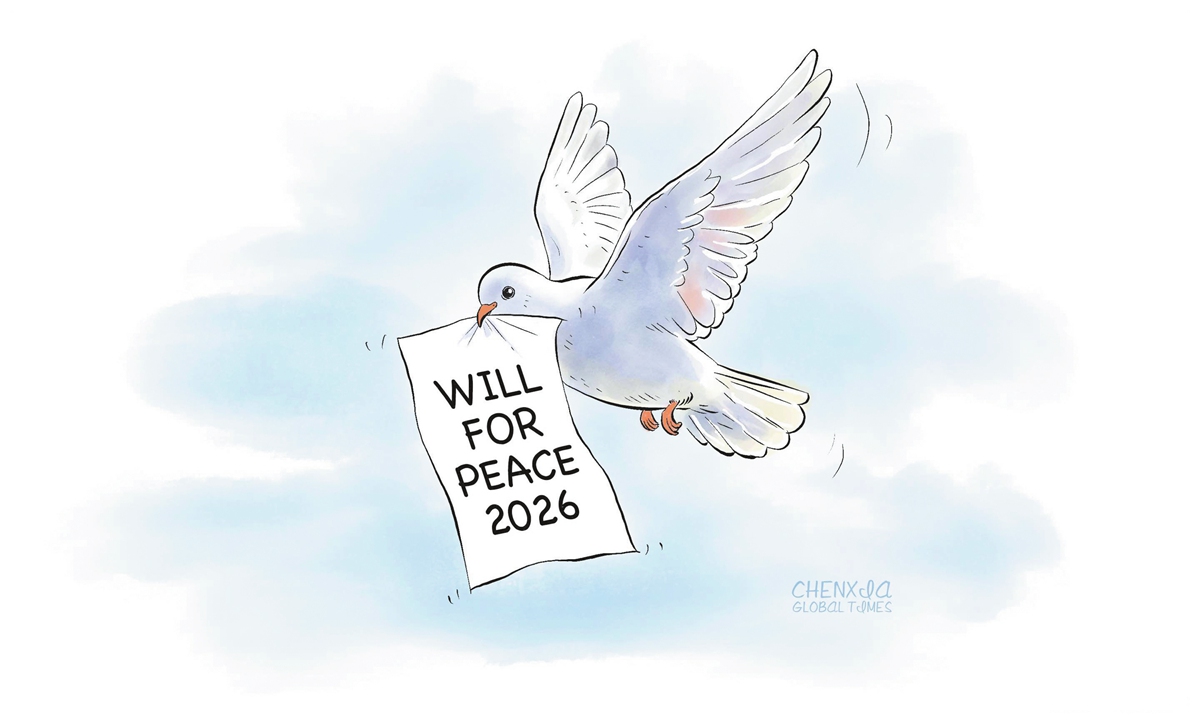< Just the data pleasehttps://www.nytimes.com/interactive/2018/11/18/world/asia/china-social-mobility.html?action=click&module=Top%20Stories&pgtype=Homepage
The American Dream Is Alive. In China.
China is still much poorer over all than the United States. But the Chinese have taken a commanding lead in that most intangible but valuable of economic indicators: optimism.
In a country still haunted by the Cultural Revolution, where politics are tightly circumscribed by an authoritarian state, the Chinese are now among the most optimistic people in the world — much more so than Americans and Europeans, according to public opinion surveys.
What has changed?
Most of all, an economic expansion without precedent in modern history.
Eight hundred million people have risen out of poverty. That’s two and a half times the population of the United States.

1.2 billion people
1.0
Not in poverty
0.8
0.6
0.4
In poverty
0.2
2015
1990
1995
2000
2005
2010
Source: The World Bank. People in poverty live at or below $1.90 a day.
Not only are incomes drastically rising within families, but sons are outearning their fathers. That means expectations are rising, too, especially among China’s growing middle class.
Life expectancy has also soared. Chinese men born in 2013 are expected to live more than seven years longer than those born in 1990; women are expected to live nearly 10 years longer.
“It feels like there are no limits to how far you can go,” said Wu Haifeng, 37, a financial analyst who was born to a family of corn farmers in northern China and now earns more than $78,000 a year. “It feels like China will always be strong.”
China used to make up much of the world’s poor. Now it makes up much of the world’s middle class.
Source: World Inequality Database
There are risks, of course, and no guarantees that China’s rise will continue indefinitely.
Yet for now, the economic arc seems ever upward.
Like the United States, China still has a yawning gap between the rich and the poor — and the poorest Chinese are far poorer, with nearly 500 million people, or about 40 percent of the population, living on less than $5.50 a day, according to the World Bank.
But by some measures Chinese society has about the same level of inequality as the United States. Here are the world’s major countries ordered by inequality and income mobility.

Finland
More
mobile
Denmark
20%
Norway
Germany
Canada
How much a child’s
income is determined
by their parents’
Sweden
Netherlands
Japan
40%
Spain
China
Italy
United
Kingdom
United
States
60%
Brazil
South Africa
India
80%
Egypt
More equal
60
50
40
30
100%
Level of inequality
(Gini coefficient)
Source: The World Bank, Fair Progress, Economic Mobility Across Generations Around the World; World Development Indicators
Today, the economic output per capita in China is $12,000, compared with $3,500 a decade ago. The number is far higher in the United States, $53,000.
Yet few analysts doubt where the bigger increases will come. Here’s how modern China’s per-capita G.D.P. growth compares so far:

United States
$50k per capita G.D.P.
$40k
Japan
South Korea
$30k
$20k
China
$10k
0
20
40
60
80
100
120
140
160
Number of years since each country reached China’s per-capita G.D.P. in 1993
In 2011 U.S. dollars. |Source: Maddison Project.
China’s progress is especially remarkable given how the government has used social engineering to restrict where people live and how many children they have. Loosening those constraints could accelerate income growth.
This is why many people now talk about “the Chinese Dream.”
Xu Liya, 49, once tilled wheat fields in Zhejiang, a rural province along China’s east coast. Her family ate meat only once a week, and each night she crammed into a bedroom with seven relatives.
Then she attended university on a scholarship and started a clothing store. Now she owns two cars and an apartment valued at more than $300,000. Her daughter attends college in Beijing.
“Poverty and corruption have hurt average people in China for too long,” she said. “While today’s society isn’t perfect, poor people have the resources to compete with rich people, too.”
Iris Zhao contributed research.
An earlier version of a chart on economic inequality used an older estimate of inequality in China. Based on the most recent World Bank data, economic inequality in China is roughly the same as in the United States, not slightly less.
Design: Matt Ruby, Rumsey Taylor, Quoctrung Bui Editing: Tess Felder, Eric Nagourney, David Schmidt Photo Editing: Craig Allen, Meghan Petersen, Mikko Takkunen Illustrations: Sergio Peçanha
Iris Zhao contributed research



 Manufacturing
Manufacturing The Internet
The Internet Image
Image Infrastructure
Infrastructure

29 Comments
W.A. Spitzer
Faywood, NM 11 minutes agoCarol Gebert
Boston 16 minutes agochris
New York 18 minutes agoMickey
NY 20 minutes agoTheni
Phoenix 32 minutes agoBob Krantz
SW Colorado 34 minutes agoJordan Schweon
New York 44 minutes agoJay
Texas 48 minutes agoThe F.A.D.
Nu Yawk 48 minutes agoEveryman
newmexico 48 minutes agoThe F.A.D.
Nu Yawk 49 minutes agoJay Wong
NYC 1 hour agoAC
Pgh 1 hour agoHarper
China Town 1 hour agoMichael Anasakta
Canada 1 hour agoBob Krantz
SW Colorado 39 minutes agoPecos Bill
NJ 1 hour agoFunkyIrishman
member of the resistance 1 hour agoHarper
Chinatown 49 minutes agoVK
São Paulo 1 hour agoJordan Schweon
New York 29 minutes agoPepperman
Philadelphia 1 hour agoMichael Anasakta
Canada 1 hour agoW.A. Spitzer
Faywood, NM 1 hour agoMr. Adams
Texas 1 hour agoAS
New Jersey 1 hour agoEilat
New York 1 hour agoRahul
Philadelphia 1 hour agos.khan
Providence, RI 29 minutes ago29 Comments